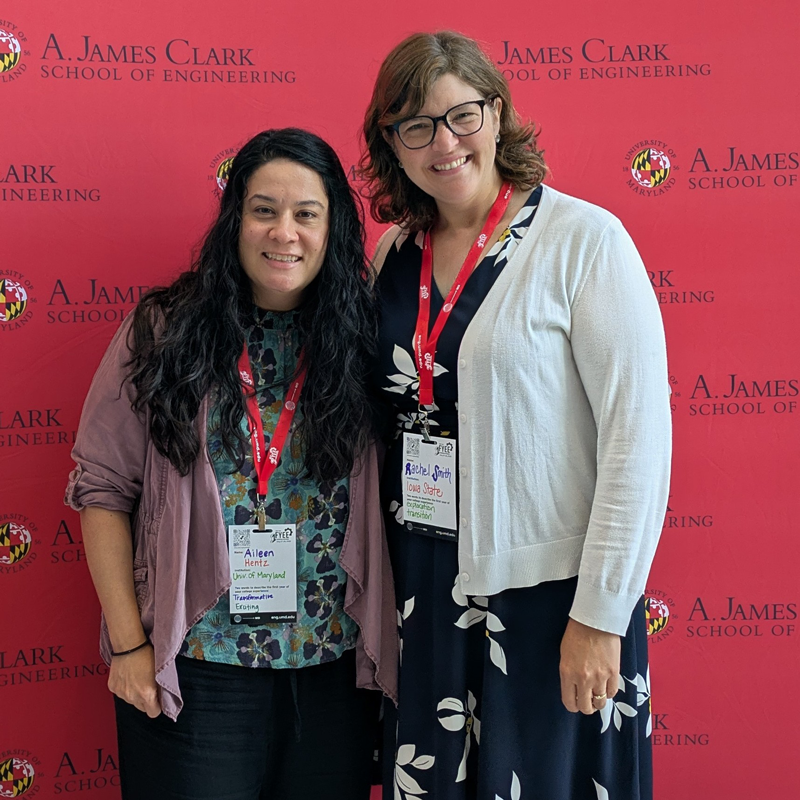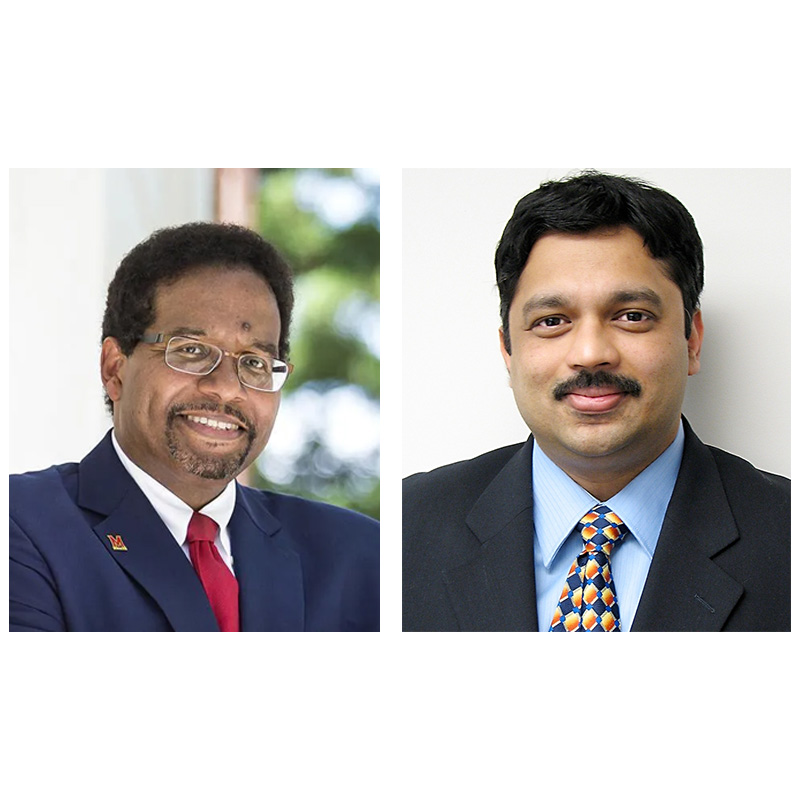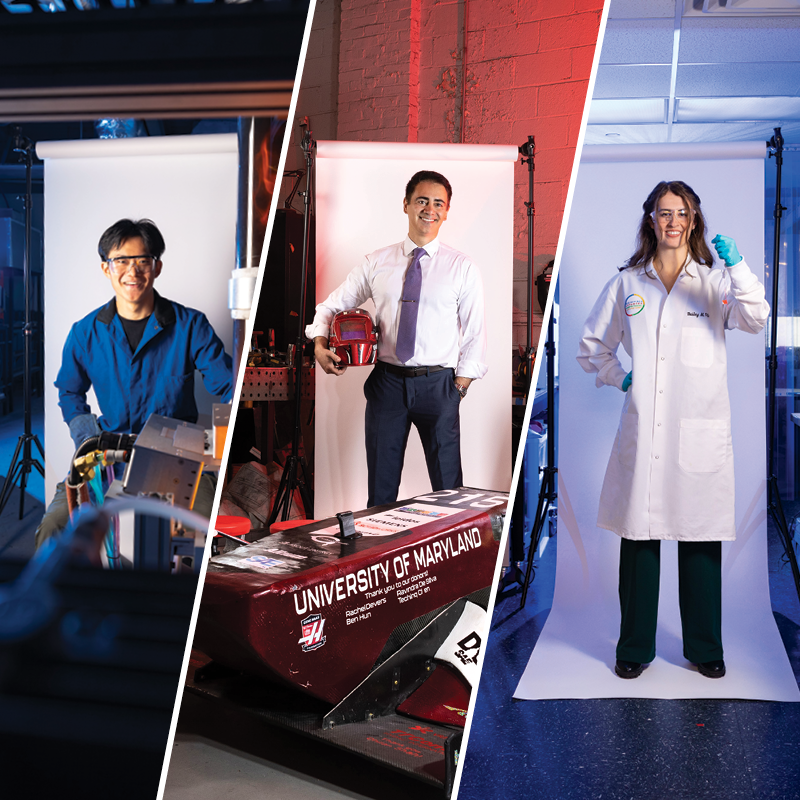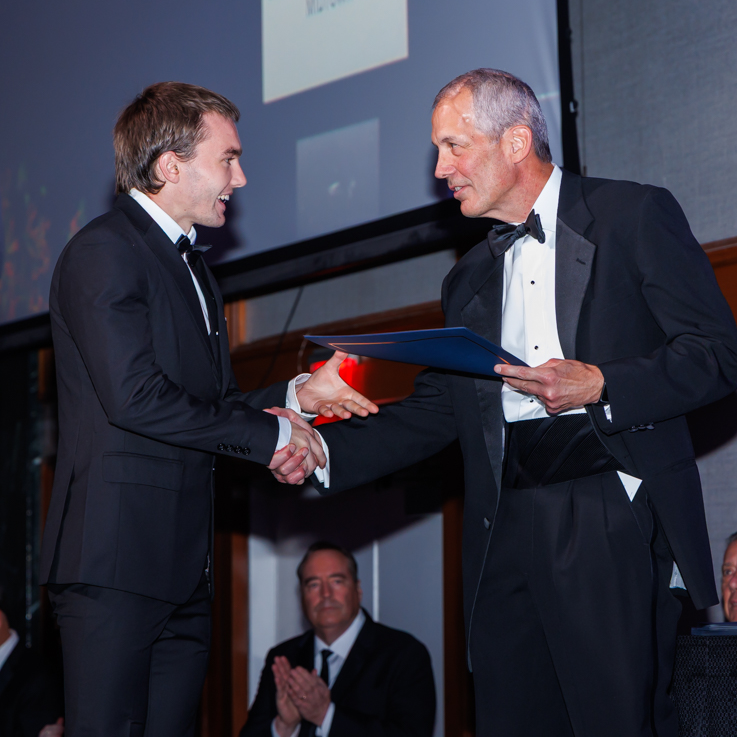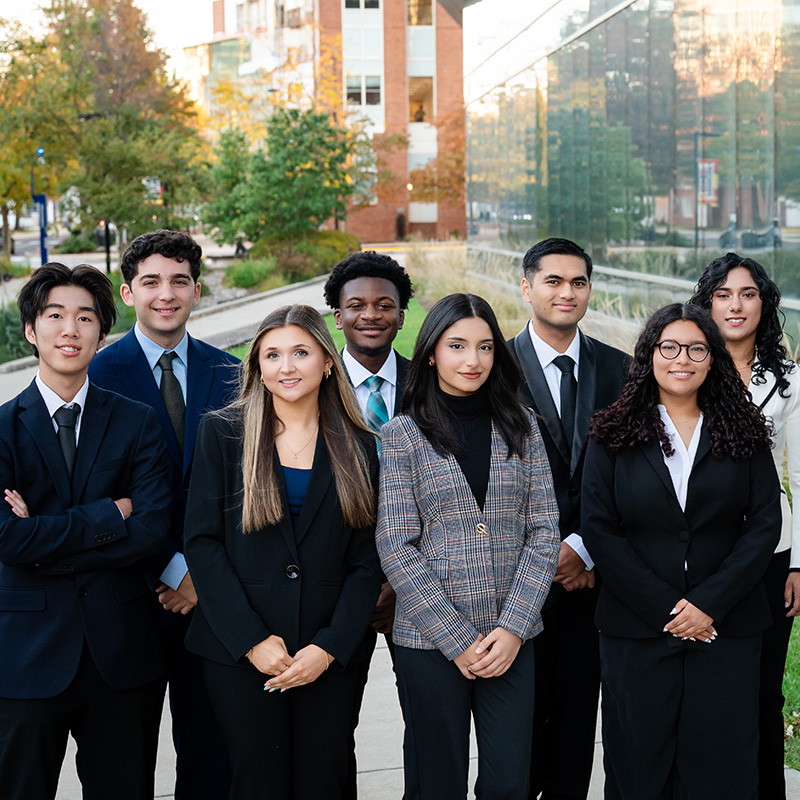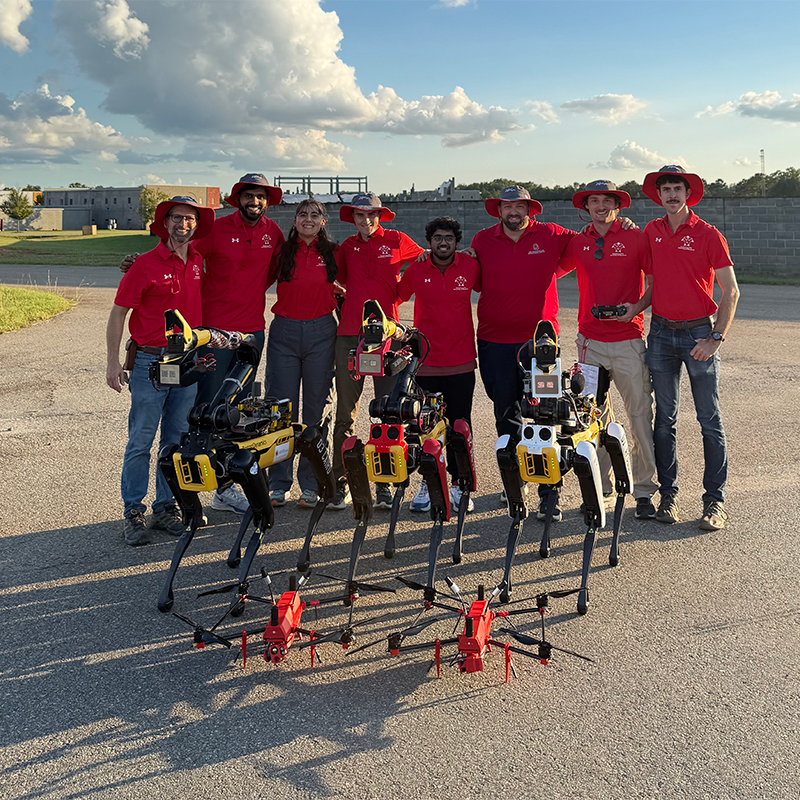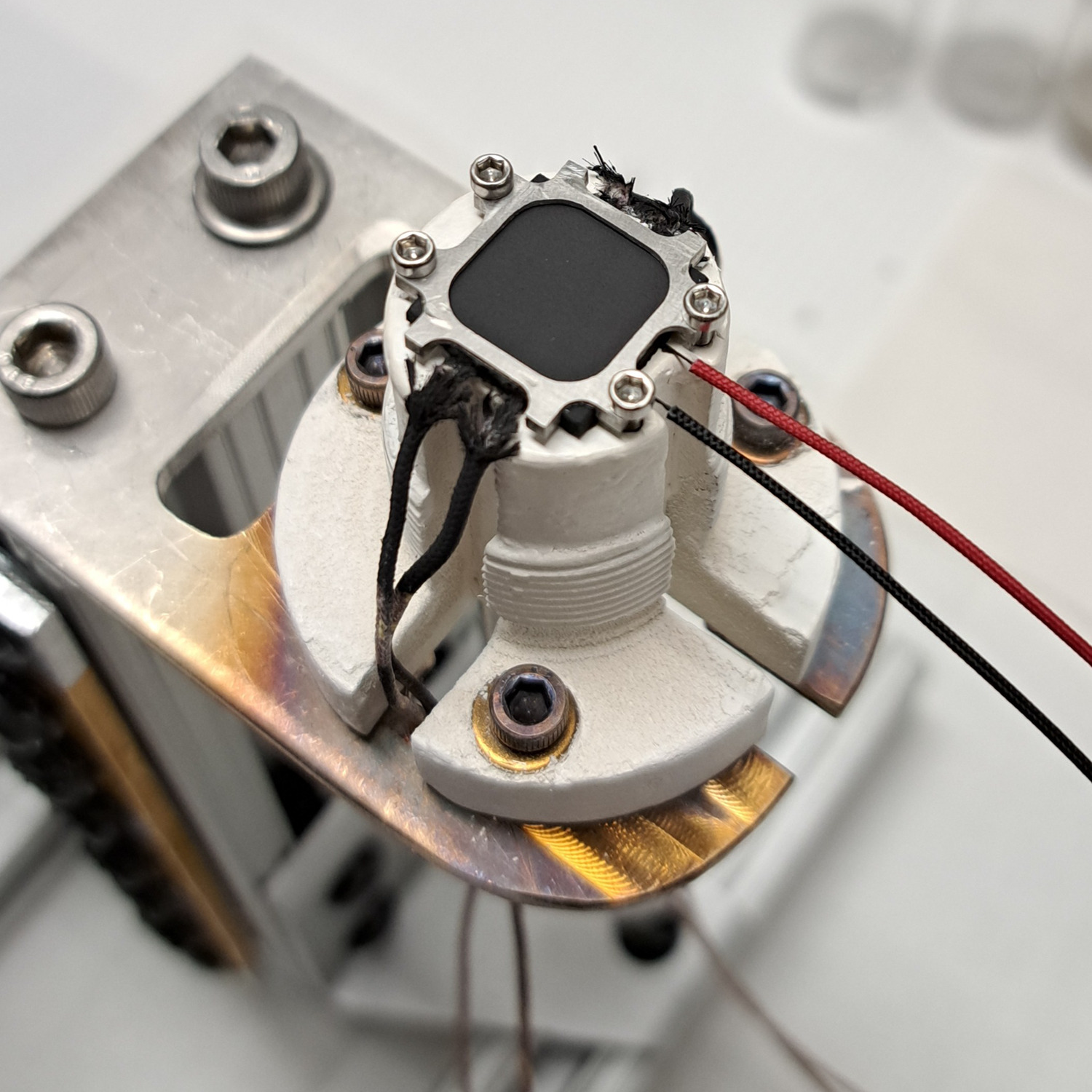News Story
U-Md. Morpheus Lab Establishes Alexander Brown Center for Adaptive Technology
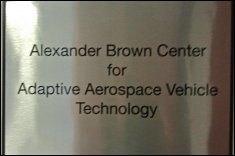
The Center and the Morpheus Lab’s research support have come from grants from DARPA-DSO, DARPA-TTO, AFOSR, NSF, and the Minta Martin Foundation. Recently, an AFOSR grant was renewed to continue its innovative work in the passive morphing of SUAVs. Existing facilities include a 2’ x 6’ Wind Tunnel, and an anechoic chamber all of which is available for MAV and small VTOL studies. “We have a significant number of flight-ready, small-scale (10 foot wing span or less) fixed, rotary, and flapping-wing research vehicles,” says Center founder and Director Dr. James E. Hubbard, Jr. Other existing equipment includes a 6 DOF load cell and test stand capable of evaluating the performance of small scale flapping wing and rotary vehicles, and a full machine shop including a numerically controlled milling machine for making small parts.
The Center recently enhanced its experimental research capabilities with a Fortus 3D printer capable of printing parts up to 2 feet in span. This high resolution rapid prototyping machine is used for fabricating small airfoils and other custom interface parts. Also a small-scale low Reynolds number Water Tunnel with a three-axis force balance system is used to conduct systematic low Reynolds number aerodynamic tests.
The Morpheus Lab, located within the Center keeps a substantial inventory of smart and active materials to develop biomimetic devices that enable the realization of MAV flight geometries inspired by nature. A virtual reality flight simulator is used to train students in the use and flight of its fleet of RF-controlled aircraft. There is a local RF aircraft airport in Newport News that is available for non-research practice flights and keeps all of the students well-grounded in the realities of flight-based research. Finally, several multi-processor high speed computers are available to support modeling and simulation research.
The center was named after Alexander Brown, a promising Ph.D. student in the aerospace program, who tragically passed away in 2011. The naming of the center serves to memorialize Alex's innovative spirit. Dr. Hubbard, Jr., who made a pledge of $25,000 toward the formation of an Alex Brown Memorial graduate scholarship reports that the pledge has been fulfilled, with the support of the Brown Family and friends, and he hopes to award the first graduate scholarship in FY 2013-2014. Please visit the Alexander Brown Memorial Graduate Fund site to learn more about the scholarship, making a contribution, and Alexander Brown's life.
Published April 4, 2013

